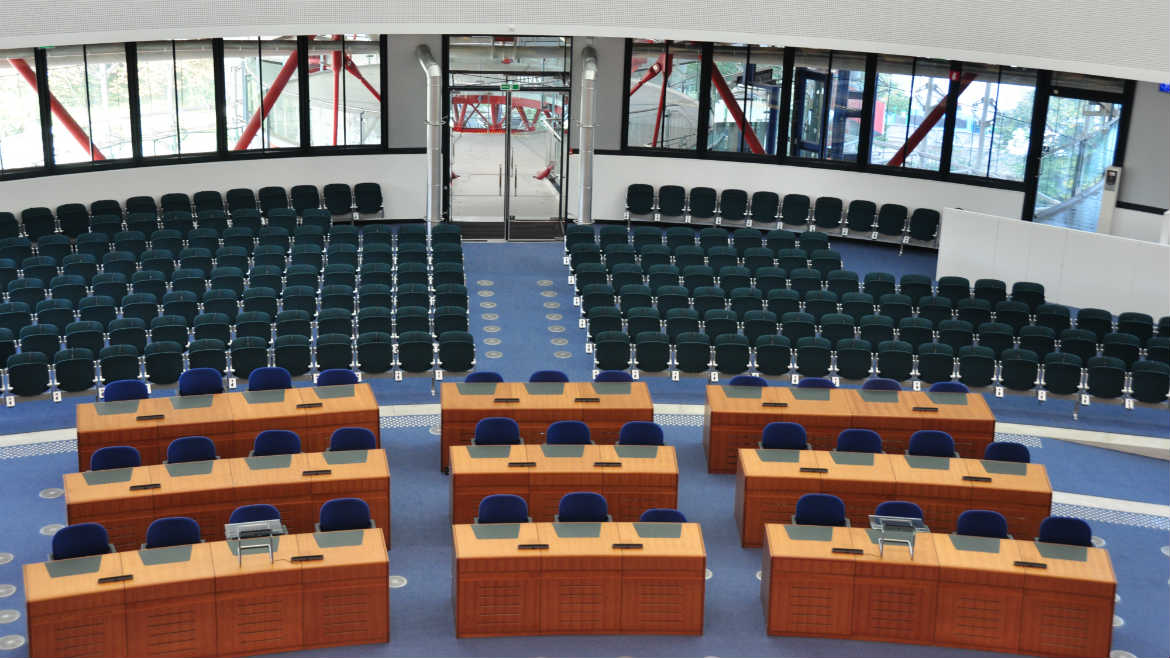On 14 September 2017, the European Court of Human Rights handed down a Chamber judgment in the case of Ndidi v. the United Kingdom (application no. 41215/14) which concerned a Nigerian national’s complaint about his deportation from the United Kingdom, (hereafter the UK). The applicant, who arrived with his mother in the UK aged two, had an escalating history of offending from the age of 12, with periods spent in institutions for young offenders. He was released in March 2011, aged 24, and served with a deportation order. All his appeals were unsuccessful. He was awaiting deportation, pending an application to the Nigerian authorities for a valid travel document. In his complaint, the applicant alleged in particular that his deportation would constitute a disproportionate interference with his right to respect for his family and private life, notably with his son who was born in 2012 to a British national with no connection to Nigeria. In its judgment the European Court held, by six votes to one, that there had been no violation of Article 8 (right to private and family life) of the European Convention on Human Rights. The Court considered that the applicant’s case required careful scrutiny, given the length of his residence in the UK, his relationship with his son and other family members there, and his limited ties to his home country. However, the Court saw no grounds for calling into question the domestic authorities’ decision to deport him. All the domestic decision-makers had given thorough and careful consideration to the requirements of Article 8 of the Convention, including the requirement that the deportation order had to strike a fair balance between the applicant’s right to private and family life, on the one hand, and the community’s interests, on the other. The Court pointed out in particular that there would have to be strong reasons for it to carry out a fresh assessment of this balancing exercise, especially where independent and impartial domestic courts had carefully examined the facts of the case, applying the relevant human rights standards consistently with the European Convention and its case-law.
On 18 September 2017, the Grand Chamber panel of five judges decided to refer to the Grand Chamber the two following cases:
Ilias and Ahmed v. Hungary (application no. 47287/15), concerning the border-zone detention for 23 days of two Bangladeshi asylum-seekers as well as their removal from Hungary to Serbia;
Z.A. and Others v. Russia (applications nos. 61411/15, 61420/15, 61427/15 and 3028/16), concerning complaints brought by four individuals from Iraq, the Palestinian territories, Somalia and Syria who were travelling via Moscow’s Sheremetyevo Airport and were denied entry into Russia (three of the applicants ended up spending between five and eight months in the transit zone of the airport; one of the applicants, from Somalia, spent nearly two years there).
In its Chamber judgment of 3 October 2017, in the case of N.D. and N.T. v. Spain (applications nos. 8675/15 and 8697/15), which concerned the immediate return to Morocco of sub-Saharan migrants who had attempted on 13 August 2014 to enter Spanish territory illegally by scaling the barriers which surround the Melilla enclave on the North-African coast, the European Court of Human Rights held, unanimously, that there had been a violation of Article 4 of Protocol No. 4 (prohibition of collective expulsions of aliens) to the European Convention on Human Rights, and a violation of Article 13 (right to an effective legal remedy) taken together with Article 4 of Protocol No. 4. The Court noted that the applicants had been expelled and sent back to Morocco against their wishes and that the removal measures were taken in the absence of any prior administrative or judicial decision. At no point were they subjected to any identification procedure by the Spanish authorities. The Court concluded that, in those circumstances, the measures were indeed collective in nature. In addition, the applicants’ version of the attempt to scale the barriers towards Melilla was corroborated by numerous statements, gathered by various witnesses and journalists as well as by the UN High Commissioner for Refugees and by the Council of Europe Human Rights Commissioner. Lastly, the Court noted the existence of a clear link between the collective expulsion to which the applicants were subjected at the Melilla border and the fact that they were effectively prevented from having access to a remedy that would have enabled them to submit their complaint to a competent authority and to obtain a thorough and rigorous assessment of their requests before their removal.



